Learning from the Source: Tactics in the March to Suffrage
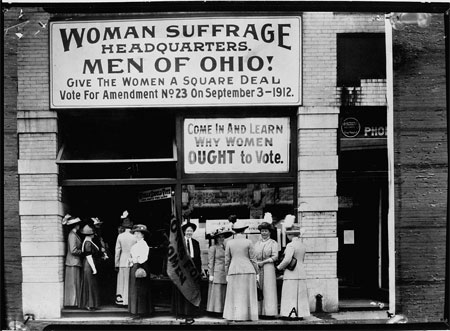
Collective action can lead to change. “The basic functional requirements of a social movement,” according to Herbert W. Simons, Emeritus Professor of Communication, Temple University, “are an ability to mobilize human and material resources, to exert external influence, and to mount resistance to counter-pressures.” [1] In this primary source learning activity, students will examine the tactics supporters of the woman suffrage movement used in their long quest to gain the right to vote, consider the effectiveness of various social movement strategies, and create their own tactical plan to affect change on an issue relevant to their own lives.
Enduring Understanding Collective action can lead to political change.
Learning Focus Learners will analyze different primary source types, including artifacts, images and a wide variety of texts, to understand tactics that can be employed to affect political change.
Activity Materials
 1 |
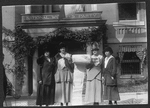 2 |
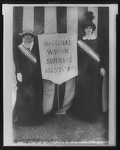 3 |
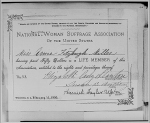 4 |
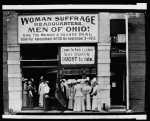 5 |
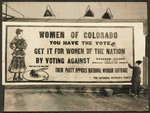 6 |
 7 |
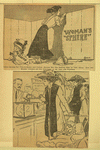 8 |
 9 |
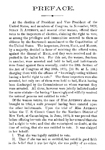 10a |
 10b |
 11 |
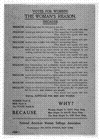 12 |
 13 |
 14 |
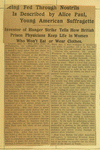 15 |
![Mary Gertrude Fendall, [of Maryland], and Mary Dubrow [of New Jersey].](https://primarysourcenexus.org/wp-content/uploads/2013/05/WST16.jpg) 16 |
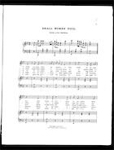 17a |
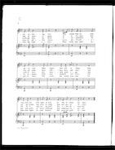 17b |
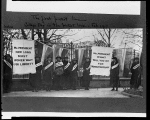 18 |
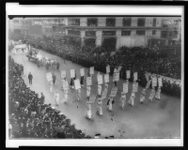 19 |
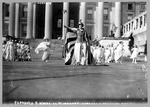 20 |
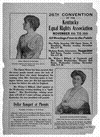 21 |
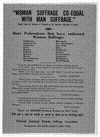 22 |
- Tactics in the March to Suffrage primary source set (ready to print on 8.5″ x 11″ paper)
- Tactics in the March to Suffrage primary source set bibliography
- Tactics in the March to Suffrage chronological order of sources
- Primary source analysis tool
- Notecards
Suggested Implementation
- Provide students with the Simons quote and ask them to brainstorm ways to accomplish change through collective action; list student responses in a central location.
“The basic functional requirements of a social movement are an ability to mobilize human and material resources, to exert external influence, and to mount resistance to counter-pressures.” - Tell students they will be looking at a variety of primary sources to identify different tactics, or strategies, suffragists used to gain the vote for women.
- Divide students into 4 groups and give each group a set of primary sources.
- Hand out the primary source analysis tool to all students and direct each student to analyze at least one source (you may wish to have a pair work to analyze longer texts; you may also wish to have students attempt to analyze the sources before they look at the bibliographic records).
- Instruct students to write the tactic or tactics demonstrated by the source on the back of the primary analysis tool, noting the specific evidence or details that support their findings. In addition, tell students to note any arguments in favor of woman suffrage provided by the sources. (NOTE: model the analysis of a source to help students understand the process and to understand the difference between a tactic—creating and distributing flyers—and an argument—a reason why a person should support woman suffrage listed or explained on the flyer.)
- Have individual students share their findings in their groups and come to a collective consensus about the effectiveness of the tactics employed by suffragists. For each source, students should create a source card that lists the source date, the tactic demonstrated and an effectiveness determination given the time period: very effective, effective, somewhat effective, not effective,
- Then, work with students to create a chronological source gallery walk. As the class reviews each source, direct group members responsible for the source to provide curation notes and respond to questions and comments raised. Try to come to a class consensus on the effectiveness of each tactic identified.
- Next, redisplay the sources on an effectiveness continuum, from least effective to most effective and have students complete another gallery walk on their own. While reviewing the sources, ask students to consider which tactics could be employed today (similarly or modified).
- Finally, have students work individually or in groups to create a tactical plan to affect change on an issue relevant to their own lives. Students should provide their reasoning for using particular strategies for the selected issue as well 1-2 key arguments that could be conveyed effectively using the selected strategies or tactics.
CCSS Standards Alignment
The suggested implementation of this learning activity focuses on grade 6-12 informational reading and reading history standards 7-9 (Integration of Knowledge and Ideas), writing standards 7-9 (Research to Build and Present Knowledge) and all speaking and listening standards 1-3 (Comprehension and Collaboration) and 4-6 (Presentation of Knowledge and Ideas). This activity could also be easily adapted to focus on informational reading and reading history standards 1-3 (Key Ideas and Details) and 4-6 (Craft and Structure).
Analyzing Primary Sources
- Analyzing Primary Sources: Learning from Texts
- Analyzing Primary Sources: Learning from Images
- Analyzing Primary Sources: Learning from Political Cartoons
- Analyzing Primary Sources: Learning from Music
- Connecting to the Common Core: Close Reading Markup Strategies
- Thinking Like a Historian by Sam Wineburg
Additional Resources
- Tactics and Techniques of the National Woman’s Party Suffrage Campaign
- Some General Strategies for Facilitating or Inhibiting a Social Movement[2]
- Woman suffrage timeline (NOTE: be sure to review for appropriateness for your students before using).
- Woman suffrage primary sources and other resources
- Primary Source Learning: Women’s Road to the Vote
Activity Extension Idea
Ask students to analyze the tactics and arguments against woman suffrage (e.g., When women vote: political cartoon, play). Then have students consider how effectively the suffragists’ tactics and arguments responded to and helped “mount resistance to [these] counter-pressures”.
[1] Simons, Herbert W. “Leading Social Movements: The ‘Requirements-Problems-Strategies’ (RPS) Approach.” http://astro.temple.edu/~hsimons/social-movements06.html (accessed 05/11/13).
[2] Marx, Gary T. Table 1 from “External Efforts to Damage or Facilitate Social Movements: Some Patterns, Explanations, Outcomes, and Complications” In The Dynamics of Social Movements, M. Zald and J. McCarthy, Winthrop Publishers, 1979. http://web.mit.edu/gtmarx/sites/primarysourcenexus.org/files/movement.html (accessed 05/11/13).
